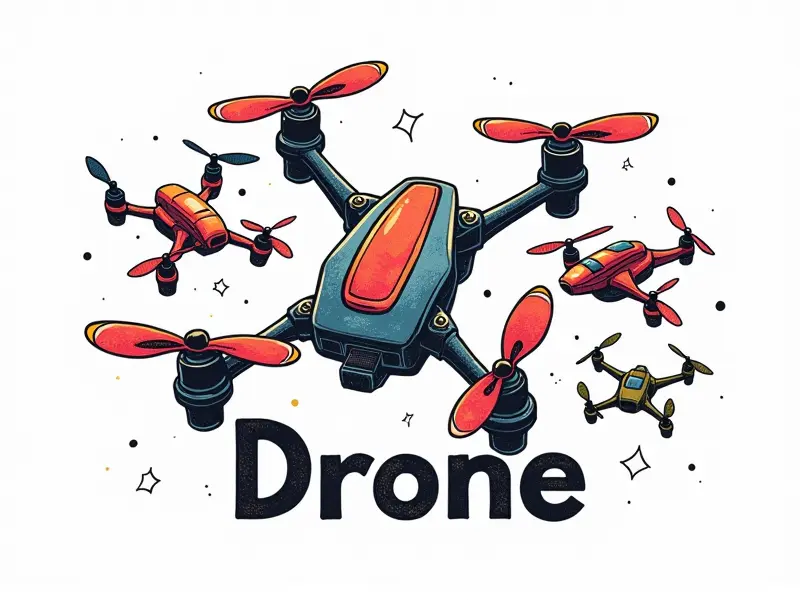Are FPV racing drones safe?

Are FPV Racing Drones Safe to Fly?
First-person view (FPV) racing drones have gained immense popularity among enthusiasts and hobbyists alike. These high-speed, agile machines offer an exhilarating experience that mimics the thrill of real-world racing. However, as with any high-performance technology, there are inherent risks associated with flying FPV racing drones.
Risks of Flying FPV Racing Drones
FPV drone pilots face a variety of hazards when engaging in this fast-paced hobby. The primary risk is the potential for collisions with obstacles or other drones during high-speed races, leading to injuries and equipment damage. Additionally, flying FPV drones can pose risks to bystanders who may be unaware of the drone's presence.
Safety Tips for FPV Drone Pilots
To mitigate these risks, it is crucial for pilots to follow a set of safety guidelines:
- Training and Practice: Before participating in competitive races, pilots should undergo extensive training and practice sessions to improve their flying skills.
- Equipment Inspection: Regularly inspect the drone’s components for wear and tear. Ensure that all parts are functioning correctly before each flight.
- Risk Assessment: Conduct a thorough risk assessment of the race venue, identifying potential hazards such as trees, power lines, or crowded areas.
Protecting Yourself in FPV Drone Races
Pilots must prioritize their own safety and that of others. This includes wearing appropriate protective gear like helmets with face shields to protect against debris and crashes.
Common Accidents with FPV Racing Drones
The most common accidents include:
- Crashes into Obstacles: High-speed collisions with trees, buildings, or other objects can result in severe damage to the drone and injury to the pilot.
- Collisions Between Drones: During races, multiple drones flying at high speeds increase the likelihood of mid-air crashes.
Legal Considerations for FPV Drone Use
Pilots must adhere to local regulations and guidelines set by aviation authorities regarding drone operation. This includes obtaining necessary permits, adhering to no-fly zones, and maintaining a safe distance from restricted areas.
Minimizing Risks in FPV Drone Flying
To minimize risks:
- Use Quality Equipment: Invest in high-quality drones with robust construction and reliable components to reduce the likelihood of mechanical failures during flight.
- Limited Flight Zones: Designate specific areas for FPV drone racing that are free from potential hazards.
Stay Safe While Enjoying FPV Racing
By following established safety protocols and using protective equipment, pilots can enjoy the thrill of FPV racing while minimizing risks. Continuous learning and adherence to best practices will help ensure a safe and enjoyable experience for everyone involved.
Why FPV Drone Racers Need Safety Gear
Safety gear is essential in protecting both the pilot and bystanders from potential injuries caused by crashes or debris. A well-equipped pilot can reduce the impact of accidents, ensuring that they remain injury-free during races.
Ensuring Safety in Competitive FPV Drone Racing
Organizers of competitive events must prioritize safety measures to protect participants. This includes setting up clear boundaries for races, enforcing strict rules regarding equipment quality and maintenance, and providing medical support on-site.
Common Hazards of FPV Drone Flying
In addition to physical hazards like crashes, pilots also face risks from environmental factors such as wind conditions or interference with other electronic devices. Understanding these challenges is crucial for maintaining safe operations during flights.
Conclusion
The exhilaration of FPV drone racing comes with its own set of responsibilities and risks. By adhering to safety guidelines, using protective gear, and being aware of legal requirements, pilots can enjoy this exciting hobby while minimizing potential dangers. Embracing a culture of safety will ensure that FPV racing continues to thrive as an engaging and accessible activity for enthusiasts around the world.

